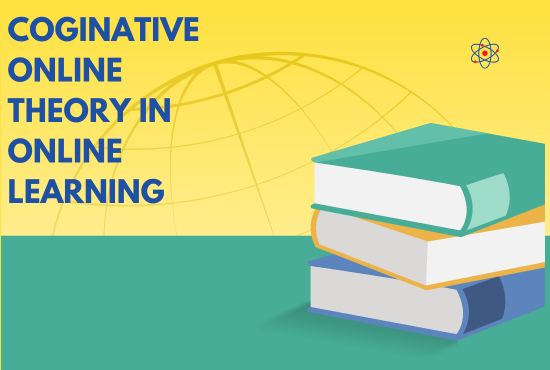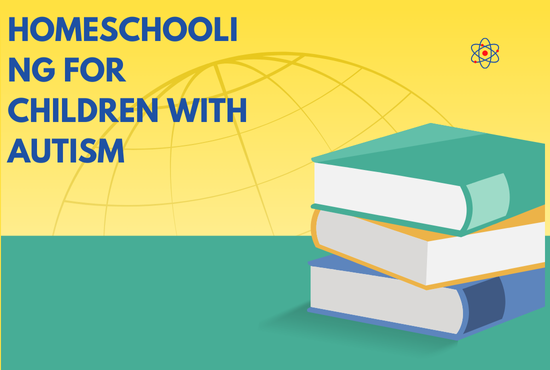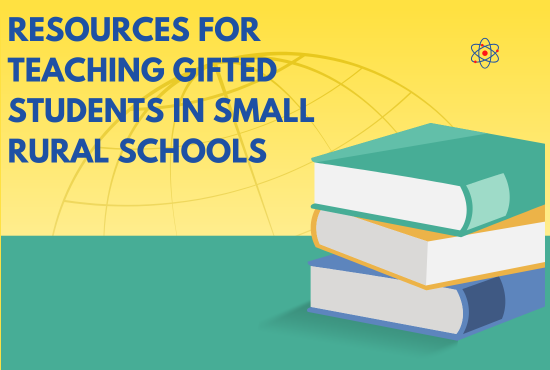The Transformation of Traditional Education Models
Updated: 26 Jun 2025
The Change of Conventional Schooling Models
The scene of training has gone through a significant change lately, determined by mechanical advances, moving cultural requests, and developing instructive methods of reasoning. Conventional instruction models, frequently portrayed by unbending designs, address based learning, and normalized evaluations, are being supplanted or rethought to take special care of a more unique, student focused approach. This change is reshaping the way that information is conveyed, got to, and comprehended, with the possibility to upset the fate of instruction.
The Ascent of Advanced Learning
One of the main drivers of progress in training is the quick headway of innovation. The ascent of advanced learning stages, online courses, and virtual study halls has made training more open than any other time in recent memory. Stages like Coursera, edX, and Khan Foundation offer students the valuable chance to get to top notch courses from top colleges and organizations across the globe. This shift has democratized schooling, permitting people from assorted foundations to seek after information without the geographic or monetary obstructions once connected with customary physical establishments.
Besides, the incorporation of computerized reasoning (man-made intelligence) and AI into the growing experience has opened new roads for customized training. Versatile learning innovations can now fit illustrations to an understudy’s singular requirements, changing the speed and trouble level in light of their advancement and execution. This helps address the restrictions of the one-size-fits-all approach that is much of the time common in conventional homerooms.

Mixed Learning and Crossover Models
Mixed realizing, which consolidates on the web and in-person guidance, is getting forward momentum as a strong instructive model. In this crossover approach, understudies benefit from the adaptability of web based learning while as yet captivating in eye to eye cooperations with educators and friends. This model is especially appropriate to the requirements of present day students, who esteem adaptability yet additionally perceive the significance of social connection and cooperative learning.
Mixture learning conditions likewise encourage more noteworthy understudy independence. With admittance to advanced assets, students can investigate subjects at their own speed and on their own timetable, while in-person meetings give open doors to conversation, explanation, and more profound investigation of points. This model is being carried out in different instructive settings, from K-12 schools to colleges, and has demonstrated compelling in taking care of assorted learning styles and inclinations.

Project-Based and Experiential Learning
One more eminent change in present day schooling is the move towards project-based and experiential learning. Customary models frequently accentuate repetition retention and latent ingestion of data, however the present school systems are progressively focusing on dynamic learning, decisive reasoning, and critical thinking abilities. In project-based learning (PBL), understudies team up on certifiable undertakings, applying hypothetical information to commonsense difficulties. This approach cultivates inventiveness, cooperation, and relational abilities while additionally reassuring understudies to take responsibility for learning.
Experiential realizing, which includes learning through experience and reflection, is additionally turning out to be more unmistakable. Temporary positions, apprenticeships, and administration learning potential open doors permit understudies to acquire involved insight in their picked fields, overcoming any issues between scholarly information and genuine application. This shift mirrors a more extensive comprehension that learning isn’t bound to the homeroom however reaches out to a scope of conditions and encounters.

The Job of Information and Examination in Training
The rising accessibility of information and examination is one more component driving the change of training. Teachers can now follow understudy progress continuously, distinguishing learning holes and regions for development more rapidly and precisely than any other time. Information driven bits of knowledge empower educators to fit their instructing strategies to the necessities of individual understudies, giving a more customized and responsive growth opportunity.
Moreover, examination can assist instructive establishments with evaluating the viability of their projects and educational programs. By examining designs in understudy execution, establishments can settle on informed conclusions about course configuration, showing systems, and asset assignment. This information driven approach considers persistent improvement and variation because of changing instructive necessities.
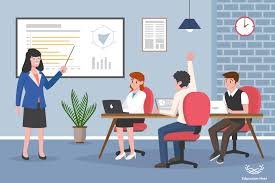
The Attention on Delicate Abilities and Deep rooted Mastering
In the present quickly impacting world, there is a developing acknowledgment that conventional schooling models should advance to get ready understudies for the intricacies representing things to come labor force. Notwithstanding specialized information, businesses progressively esteem delicate abilities like correspondence, coordinated effort, versatility, and decisive reasoning. Accordingly, instructive establishments are putting more noteworthy accentuation on fostering these abilities close by scholarly substance.
Also, the idea of long lasting learning is acquiring significance as people are supposed to refresh their abilities all through their professions ceaselessly. The fast speed of mechanical development implies that the abilities expected for the present positions may immediately become out of date. Subsequently, customary schooling models, which frequently center around getting ready understudies for a particular profession way, are being enhanced with more adaptable and versatile learning open doors that permit people to upskill and reskill depending on the situation.
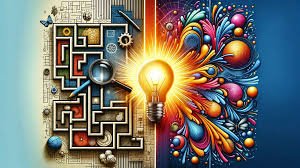
Challenges and the Street Ahead
While the change of schooling presents many invigorating open doors, it additionally represents a few difficulties. One of the greatest obstacles is guaranteeing that all understudies have equivalent admittance to the innovation and assets vital for computerized and mixed learning. Differences in admittance to rapid web, gadgets, and computerized proficiency abilities can compound existing disparities in training, leaving specific gatherings of understudies in a difficult situation.
Furthermore, the shift towards more customized and experiential learning requires a reconsidering of evaluation techniques. Customary government sanctioned tests may not completely catch an understudy’s learning progress or their capacity to apply information in true settings. New types of evaluation, like task portfolios, peer assessments, and execution based evaluations, will be important to assess understudies in a more all encompassing and complete manner.

End
The change of customary training models is a continuous cycle that mirrors the changing necessities and assumptions for students, teachers, and society overall. The joining of innovation, the accentuation on customized and experiential learning, and the developing spotlight on delicate abilities and deep rooted mastering are adding to a more adaptable, comprehensive, and student focused school system. While there are difficulties to survive, the potential for a more unique and responsive schooling system offers energizing opportunities for the fate of learning. The change isn’t just about taking on new apparatuses and techniques, yet in addition about rethinking learning and how we can best help students in a consistently impacting world.


